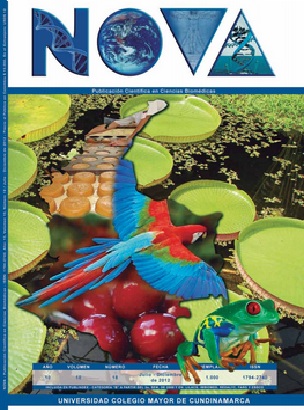El oxígeno es un elemento que presenta un perfil con doble efecto fisiológico; es esencial para el desarrollo de la vida aerobia y posee efectos tóxicos inherentes a su estructura. Del oxígeno se derivan moléculas inestables denominadas radicales libres que pueden causar daño a nivel celular, cuando se pierde el equilibrio entre dichas moléculas y el sistema de defensa antioxidante que poseen los seres vivos, generando así lo que se denomina estrés oxidativo. Dicho mecanismo posee una estrecha relación con el desarrollo y evolución de una gran variedad de procesos degenerativos, enfermedades y síndromes. Su estudio se ha centrado principalmente en el conocimiento de los mecanismos de su génesis y las formas de; atenuar, disminuir o contrarrestarlas, por medio de los sistemas de defensa antioxidante que posee la célula y la forma de controlar los radicales libres que se generan de forma normal y continua en el organismo resultado de algunos procesos celulares como el relacionado con el metabolismo oxidativo de la mitocondria, proceso necesario para la obtención de ATP.
Palabras clave:
estrés oxidativo, radicales libres, especies reactivas de oxígeno, antioxidantes.






